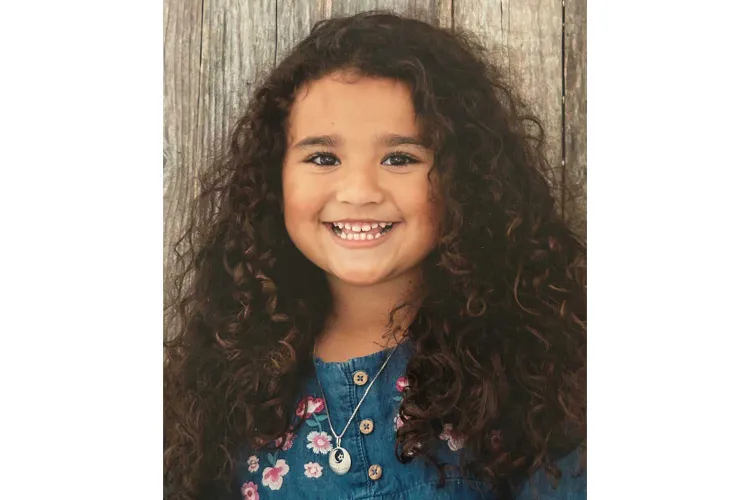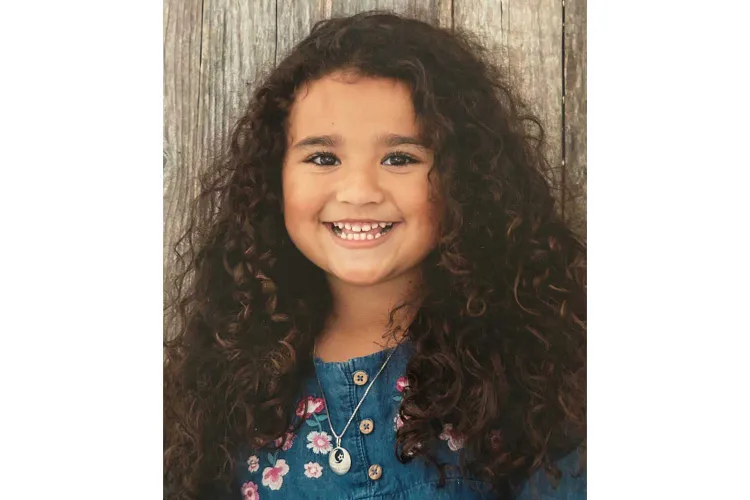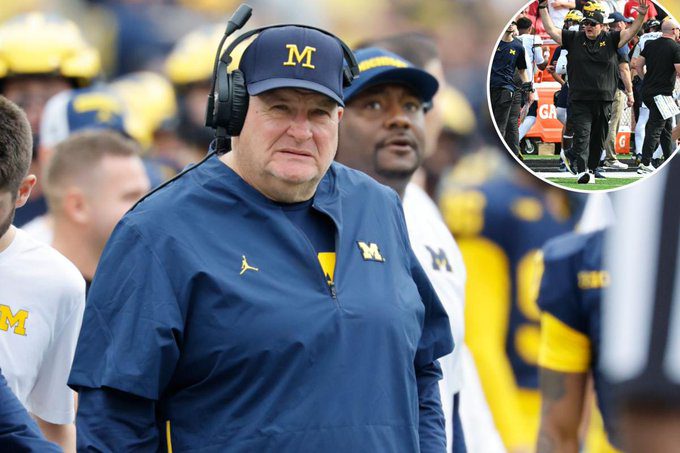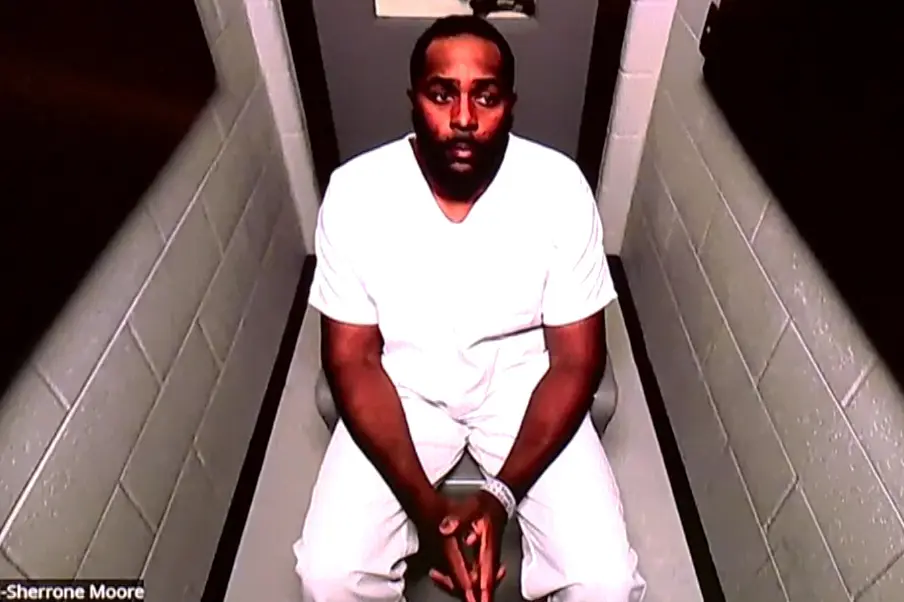“No Explanation and No Sightings for a Year”—California Deputies Ask the Public to Help Find 9-Year-Old Melodee Buzzard
The more I read the bulletin about Melodee Buzzard, the harder it is to shake the feeling that an entire community must be walking around with a missing puzzle piece in its pocket. The Santa Barbara County Sheriff’s Office released a notice saying the 9-year-old is an “at-risk” child and hasn’t been seen in at least a year. In a few stark lines, deputies ask for the public’s help and describe a disappearance with “no explanation.” That phrase lingers. It is heavy, puzzling, and heartbreaking all at once. No explanation means there is still room for answers, and answers come when people pay attention.
Melodee’s photo stops you in your tracks: a bright smile, a little necklace, long curls framing a face that looks excited to tell you about a school project or a new favorite song. That’s all we get from a post like this—a snapshot, a name, and a clock that has been ticking for months while life goes on around it. Birthdays come and go; seasons change; a school class moves from one grade to the next. Somewhere inside that steady drumbeat of ordinary days, a young girl is missing, and the people who love her are still waiting for a phone call that brings her back into the present tense.

The Sheriff’s Office didn’t share a dramatic last-seen location or a clear timeline. Instead, they underscore the gap itself. At least a year. No confirmed sightings. No detail they can verify well enough to make public. It’s a careful statement, and it should be. Cases involving children require precision and patience, because even well-meaning rumors can send investigators on detours and drown out the single good lead that matters. What they are asking for is simple: if you know anything—no matter how small—tell us. Maybe you saw Melodee with a neighbor once. Maybe you overheard a conversation and didn’t think much of it at the time. Maybe there’s a photo on a phone or a social post that would place her somewhere concrete in the timeline. Those fragments are how these stories turn back toward home.
When an agency calls a child “at risk,” it’s more than a label. It’s a signal that the child may need ongoing care, medication, family support, or protection, and that the unknowns are serious enough to raise the level of urgency. The words can sound clinical, but their meaning is human: she needs to be found and checked on. She needs safety. She needs people, even strangers, to care enough to look.
In moments like these, communities become an investigative tool. That’s one of the quiet powers of a missing-persons bulletin in 2025. It doesn’t just sit on a corkboard at a station; it travels. It lands on phones, in group chats, on neighborhood apps, in school email lists, and across social timelines. A single share can push a face into the path of the one person who recognizes it. And if you live in or near Santa Barbara County—or if you’ve moved away but still keep up with local news—your memory matters more than you think. Look through old photos from the last year. Ask friends who manage after-school programs or youth activities if the name rings a bell. Check any messages you might have exchanged about a child you didn’t know. Law enforcement makes these requests because someone, somewhere, usually notices something.
What I keep circling back to is how ordinary days can hold extraordinary clues. A cashier who remembers a necklace. A rideshare driver who recalls a pick-up near a park. A neighbor who noticed a new face at a backyard birthday party last summer. These aren’t heroic moments; they are the minutes we usually forget. But in a case like this, they can become the bridge back to a family that is waiting to exhale.
If you know anything about Melodee Buzzard’s whereabouts, contact the Santa Barbara County Sheriff’s Office directly, or call your local police department, or dial 911 if you believe you are seeing her now. If you’re unsure whether a detail is important, err on the side of sharing it with investigators. They have the training—and the responsibility—to sort the noise from the signal.
There’s still time to bring an ending to this story that isn’t just a question mark. That’s what “no explanation” leaves open: the possibility that an explanation exists, and that someone out there can provide it. Until then, keep Melodee’s face in your mind and her name in your conversations. Missing doesn’t have to mean gone. It can mean not yet found.



